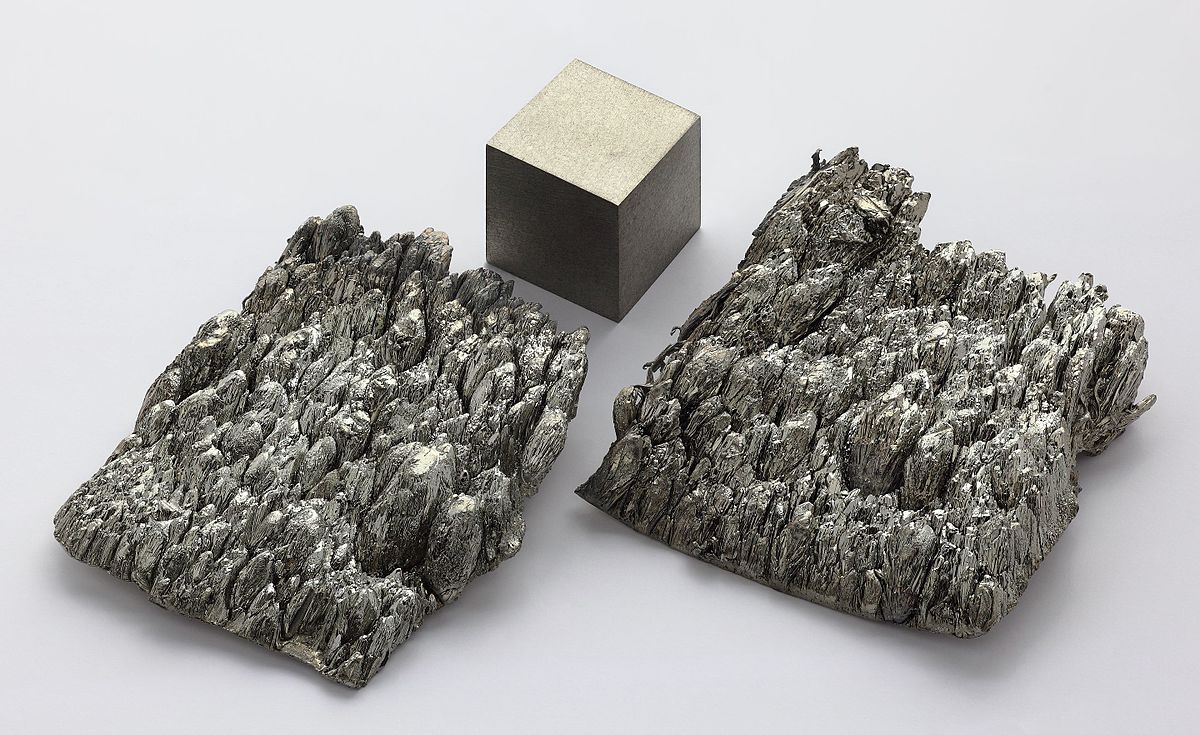
Scandium(Sc) is the one of the rare earth metals that has an atomic number 21. Scandium is soft, light and silvery-white d-block metallic element that slightly changes its color to yellow or pink when exposed to an air. The name “Scandium” comes from Latin word “Scanda” meaning Scandinavia. It was discovered by spectral analysis of minerals called euxenite and gadolinite, which are the rare minerals found in Scandinavia, in 1879 by Swedish chemist Lars F. Nilson. However, Scandium metal itself was produced only in 1937 by electrolysis molten scandium chloride. Scandium is susceptible to weathering and slowly dissolves in dilute acids. It does not react with nitric and hydrofluoric acids due to the formation of an impermeable passive layer. Although absences of reliable, secure, stable and long term production has limited commercial applications of scandium, it offers other benefits. As an example of these advantages is that only a few amount out of scandium strengthens aluminum alloys (alloy contain only 0.5%) and other advantage is scandium-stabilized zirconia takes a pleasure in a growing demand for use a high efficiency electrolyte in solid oxide fuel cells. Due to its lower density, almost same as Aluminum’s, and high melting temperature the scandium and aluminum alloys play huge role in minor aerospace industry components.
Applications of Scandium:
Aluminum-Scandium alloy containing 0.1-0.5% of scandium were used in Russian military aircrafts, specifically in MiG-21 and MiG-29.
Aluminum-Scandium alloy is used in sport equipment like baseball bat, bicycle frames and lacrosse sticks.
Scandium alloy frame is used to make semi-automatic pistols and revolvers by American firearm company Smith&Wesson.
Erbium-chromium-doped yttrium-scandium-gallium garnet (Er,Cr:YSGG) lasers are used by dentist for cavity preparation.
Scandium-based metal iodide is added to mercury vapor lamps to produce a highly efficient light. These kind lamps help television cameras to reproduce color well when filming at night-time.
Radioactive scandium-46 is used as a tracer in oil refinery to monitor the movement of various fractions. It could be also used to detect leaks in underground pipes.
Very dilute scandium sulfate is used to improve the germination of seeds like corn, peas and wheats.
Comments
Post a Comment